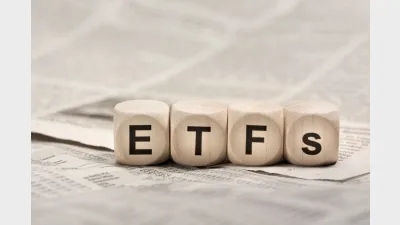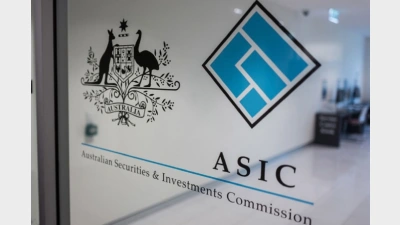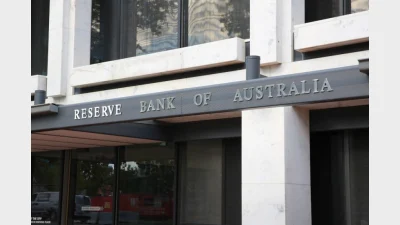Superannuation assets down $50 billion in third quarter



Total superannuation assets decreased by $49.9 billion (3.8 per cent) over the September 2011 quarter, leaving the size of the superannuation industry at $1.28 trillion.
However, despite the dip in the third quarter, total superannuation assets rose by $25 billion (2 per cent) over the 12 months to September 2011, according to the latest Australian Prudential Regulation Authority (APRA) statistics.
Breaking the assets down by sector for the September 2011 quarter, industry fund assets decreased by 3.2 per cent, self-managed superannuation fund (SMSFs) assets dropped by 3.5 per cent, public sector fund assets were down 3.6 per cent, retail fund assets dropped by 4.8 per cent and corporate fund assets decreased by 8.6 per cent.
SMSFs took up the largest proportion of superannuation assets at 31.1 per cent, followed by retail funds (27.5 per cent), industry funds (18.9 per cent), public sector funds (15.3 per cent), corporate funds (4.3 per cent) and small APRA funds (0.2 per cent).
For entities with at least $50 million in assets, there were $20.6 billion in contributions. Of those contributions, 79.1 per cent were from employers, while member contributions made up 20.3 per cent. Spouse and government co-contributions totalled 0.7 per cent of total contributions, or $135 million.
When it came to rollovers for funds with over $50 million in assets, retail funds received $2.1 billion and industry funds received $100 million. Public sector and corporate funds recorded negative rollovers of $800 million and $3.3 billion, respectively.
Net contribution flows were $6.3 billion in the September quarter for funds with over $50 million in assets.
Recommended for you
The structural shift towards active ETFs will reshape the asset management industry, according to McKinsey, and financial advisers will be a key group for managers to focus their distribution.
ASIC has warned that practices across the $200 billion private credit market are inconsistent and, in some cases, require serious improvement.
A surge in electricity prices has driven the monthly Consumer Price Index to its highest level in a year, exceeding forecasts.
Infrastructure well-positioned to hedge against global uncertainty, says investment chief.







